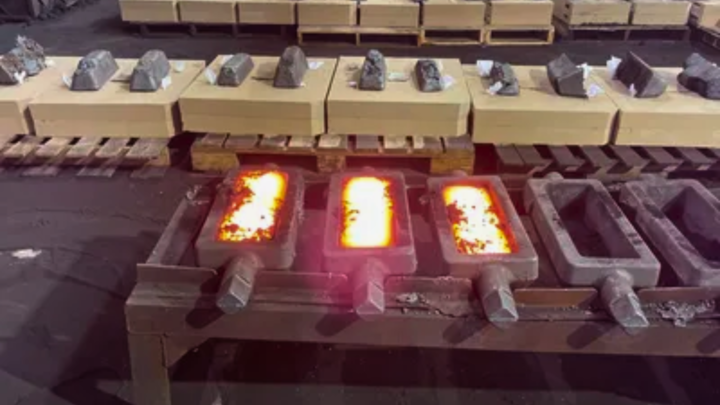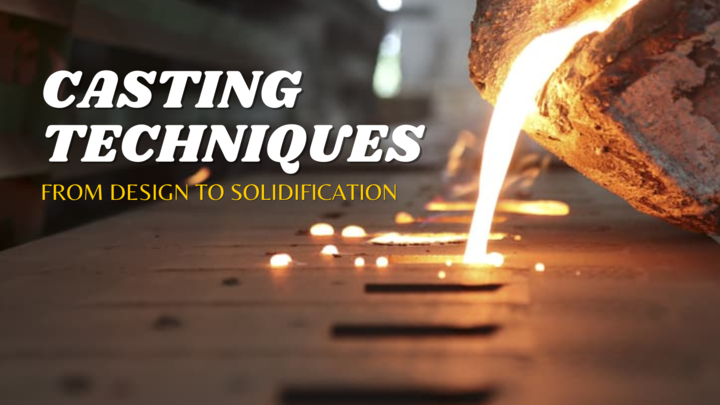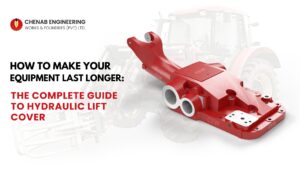Casting, a time-honored manufacturing process, has played a pivotal role in shaping everything from intricate jewelry to massive industrial components. This article embarks on a journey through the fascinating world of casting techniques, uncovering the meticulous steps involved from the initial design phase to the moment of solidification. Join us as we explore the art and science of casting and its diverse applications.
Designing the Blueprint
The casting process begins with a carefully crafted design. Whether it’s a complex engine component or a delicate piece of art, the design phase is where precision meets creativity. Engineers and artists collaborate to create detailed drawings or digital models that serve as the blueprint for the casting process. Every contour, dimension, and material choice is critical and directly impacts the final product’s quality.
Material Selection: The Heart of Casting
Selecting the right material is paramount in casting. The chosen material should exhibit properties that align with the intended application. For example, the automotive industry often relies on cast iron for its durability, while aerospace components might require lightweight and high-strength aluminum alloys. The material must also be suitable for the casting process, considering factors like melting temperature and fluidity.
Pattern and Mold Making
Once the design and material are established, the next step is to create patterns and molds. Patterns are exact replicas of the final product, typically made from wood, plastic, or metal. These patterns are used to create cavities in molds, which will eventually hold the molten material. Molds can be made of various materials, including sand, plaster, ceramic, or metal, depending on the casting technique being employed.
Melting and Pouring
The casting process takes its name from the act of melting the chosen material, typically in a furnace. The material is heated to its liquid state, reaching temperatures that can exceed thousands of degrees Fahrenheit. Once molten, it is carefully poured into the prepared mold cavity. Precision is crucial during this step to ensure the material fills the mold completely and evenly.

Solidification: Transforming Liquid into Solid
Solidification is the moment when the molten material transitions into a solid state. During this phase, the material cools and takes on the shape of the mold cavity. The rate of cooling, which can be controlled through various methods, such as the use of cooling chambers or specific mold materials, plays a significant role in determining the final properties of the casting. Proper solidification is essential to avoid defects like porosity or cracks.
Shakeout and Removal
After solidification is complete, the casting is removed from the mold in a process known as shakeout. Depending on the type of mold used, this can involve breaking apart the mold material or simply removing the casting from the mold cavity. Any excess material or imperfections are removed through a combination of mechanical processes like cutting, grinding, or sandblasting.
Finishing and Inspection
Once the casting is freed from the mold and any unwanted material is removed, it undergoes finishing processes. These processes can include machining, heat treatment, surface treatments like painting or coating, and quality inspections. The goal is to ensure the casting meets the required specifications and standards for its intended use.

Applications and Diversity
Casting techniques find applications in a multitude of industries. In automotive manufacturing, casting is used to create engine blocks and transmission cases. In the aerospace sector, intricate components like turbine blades are cast to withstand extreme conditions. The art world also benefits from casting, with sculptures and art pieces often created using bronze or other cast metals.
Innovations in Casting
Advancements in technology have led to innovations in casting techniques. 3D printing, for example, has opened new doors for intricate and customized casting molds. Simulation software allows engineers to optimize casting processes, reducing waste and defects. These innovations not only improve the efficiency of casting but also expand its capabilities in terms of design complexity and material choices.
Conclusion
In conclusion, casting techniques bridge the gap between design and solidification, transforming creative concepts into tangible objects. The precision and artistry involved in casting, coupled with advancements in technology, make it a cornerstone of modern manufacturing. Whether used in industry or art, casting is a testament to the seamless integration of science and creativity, where molten materials take on new life as solid creations.





